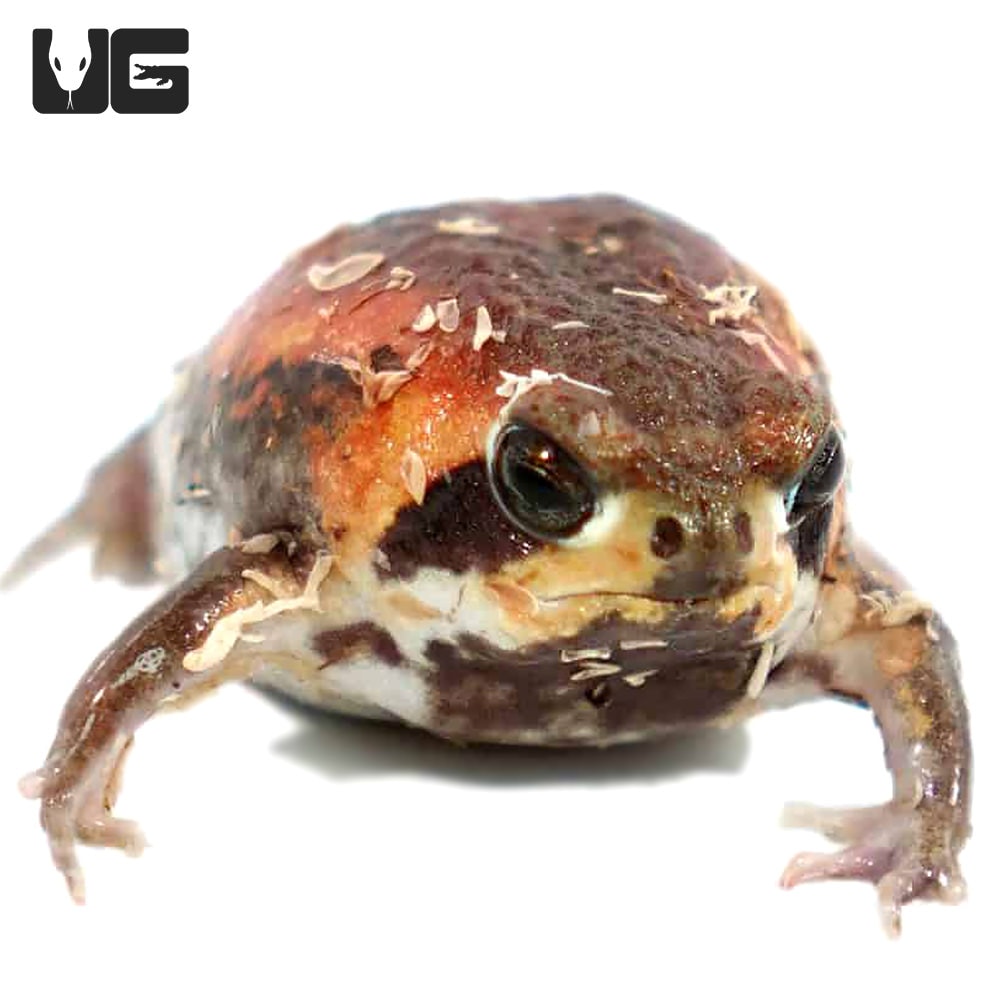The Ideal Reptile Enclosures: How to Create the Ideal Environment
Creating the ideal habitat for reptiles is not almost placing them in a tank or enclosure; it entails a thoughtful factor to consider of numerous elements that add to their overall wellness. From the size of the enclosure to the type of substratum used, every element plays a critical function in offering a setting where your reptile can thrive. By understanding the certain requirements of your reptile varieties and applying the best environment setup, you can ensure their health and happiness in captivity.
Selecting the Right Room Dimension
When selecting a room size for reptiles, it is imperative to consider their all-natural habits and space requirements to ensure their wellness and wellness. Various reptile varieties have varying needs when it comes to habitat room. Arboreal types like chameleons or tree snakes call for upright space for climbing up and perching, while earthbound varieties such as bearded dragons or leopard geckos require even more flooring area for exploring and thermoregulation. Marine turtles like red-eared sliders demand units with both water and land areas for swimming and basking.
A basic guideline is to give adequate area for the reptile to show natural habits, such as basking, hiding, climbing, and foraging. rain frog for sale. Poor area can bring about tension, behavioral concerns, and even physical illness. Units should additionally enable the positioning of proper home heating and lighting components, as well as ecological enrichment products like hides, branches, and rocks. By carefully thinking about the specific demands of the reptile species concerned, proprietors can create a suitable and enhancing habitat that advertises general well-being and encourages all-natural actions.
Establishing Proper Burner
To ensure the wellness and health and wellness of reptiles in their units, it is important to meticulously set up correct burner. Reptiles are ectothermic creatures, suggesting they depend on external warm sources to regulate their body temperature. When establishing heating elements in a reptile unit, it is essential to think about the particular temperature level needs of the species you are caring for. Different reptiles have varying temperature needs based on their natural environment, so it is essential to research and comprehend these requirements.
One typical and effective burner for reptile enclosures is a warm light or ceramic heat emitter. These heat resources can be utilized to produce a temperature level slope within the enclosure, allowing reptiles to move between warmer and cooler locations as required. In addition, under-tank heating pads or heat floor coverings can be utilized to give stubborn belly warmth, which is specifically beneficial for reptiles that require added heat to assist in digestion.
Keeping an eye on the temperature level within the room using a thermometer is vital to make certain that the home heating components are maintaining the ideal temperature level array for your reptile. Regularly inspect and readjust the burner as required to create a healthy and comfy environment for your scaly pal.
Selecting Appropriate Lights Components

Providing the Perfect Substrate
Picking the proper substrate is important for producing a comfy and suitable atmosphere for reptiles in their rooms. Some reptiles, such as desert-dwelling species like bearded dragons, grow on substrates like calcium sand or reptile carpeting, while others, like round pythons, choose coconut husk or aspen bed linens to maintain humidity degrees.
In addition, the dimension of the reptile ought to additionally affect your option of substratum, as hatchlings might need a finer product to avoid intake. Prevent substratums that can trigger impaction, such as loose substratums like sand or crushed rock, specifically for reptiles known to consume their bedding. Routinely cleaning and changing the substratum is important to make sure a hygienic and tidy environment for your reptile. By choosing the perfect substratum, look at this now you can add to the general wellness and well-being of your scaly friend.
Decorating for Enrichment and Convenience
Taking into consideration the substratum's duty in supplying a foundation for natural actions and maintaining an appropriate setting, boosting the reptile unit with appropriate decorations is vital for both enrichment and convenience. Decors such as branches, rocks, hideouts, and man-made plants not just create a much more visually enticing habitat but likewise offer functional objectives. Branches give climbing up opportunities for arboreal varieties, while rocks can serve as basking areas for warmth. Hideouts offer sanctuary and protection, reducing stress and anxiety degrees for the reptile. Fabricated plants not only improve the aesthetic appeals yet additionally offer hiding areas and enrichment by enabling the reptile to discover and engage with its setting. When decorating the room, it is important to consider the reptile's species-specific requirements and actions to produce a space that advertises physical and mental wellness. By incorporating moved here a range of designs that mimic the reptile's all-natural environment, owners can ensure their pet dog's convenience and boost their natural reactions, ultimately causing a better and healthier reptile.
Verdict

Developing the excellent habitat for reptiles is not simply concerning putting them in a container or enclosure; it entails a thoughtful factor to consider of numerous aspects that add to their total well-being.Selecting the suitable substratum is important for creating a comfortable and ideal environment for reptiles in their rooms. Some reptiles, look at these guys such as desert-dwelling species like bearded dragons, thrive on substrates like calcium sand or reptile carpet, while others, like sphere pythons, favor coconut husk or aspen bedding to keep humidity degrees.
By incorporating a variety of designs that imitate the reptile's natural habitat, owners can ensure their family pet's convenience and promote their all-natural instincts, eventually leading to a better and much healthier reptile.
In conclusion, developing the suitable habitat for reptiles involves selecting the proper unit size, heating elements, lighting fixtures, substratum, and decors.